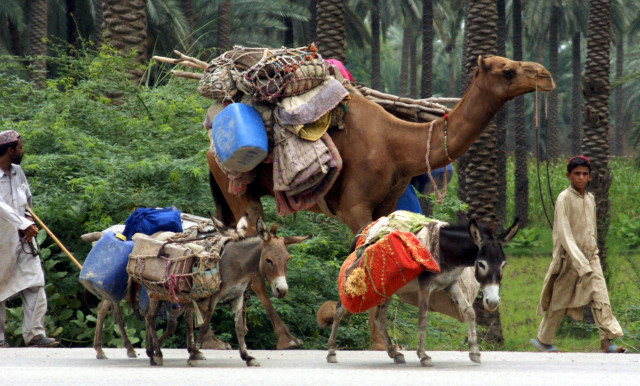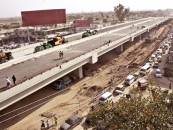Flood losses: Waters swept away 24 black bears
Among the countless losses that floods have brought to the country were those to wildlife and forest reserves.

“The Kund Park in Khyber-Pakhtunkhwa is one example where 24 black bears and a number of other animals and birds were swept away by the floods,” said Dr Ghulam Akbar, an environmentalist who works with Pakistan Wetlands Programme. The park is a rehabilitation centre for bears.
He said that loss to wildlife is worse in areas where birds and animals were kept in captivity along the riverside. Similarly, he said, there is evidence that many natural springs have been destroyed in hilly areas, adding that water quality of the springs has deteriorated, which will take time to normalise.
According to official data, the floods directly affected about 20 million people, mostly by destruction of property, livelihood and infrastructure, with a death toll close to 2,000.
Akbar said that in plains, riverbank erosion was a serious problem and it caused much damage to some protected areas situated either inside or along River Indus, such as Tuansa Wildlife Sanctuary.
He added that wildlife in forests such as Hog deer and jungle cats were displaced and became victim to illegal capture and hunting.
Besides wildlife, precious forests reserves were also damaged in the course of destruction.
He said the floods triggered landslides, which in turn not only washed away the productive conifer forests but also the fertile topsoil.
The environmentalist feared that communities living along the northern mountains may get back to forests to make up their losses brought upon them after floods swept a huge quantity of logs. “It’s going to be a nightmare,” he said.
Published in The Express Tribune, December 20th, 2010.



















COMMENTS
Comments are moderated and generally will be posted if they are on-topic and not abusive.
For more information, please see our Comments FAQ